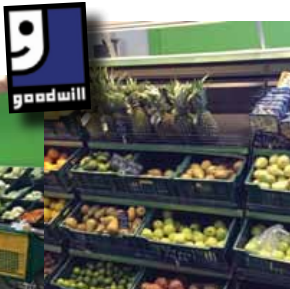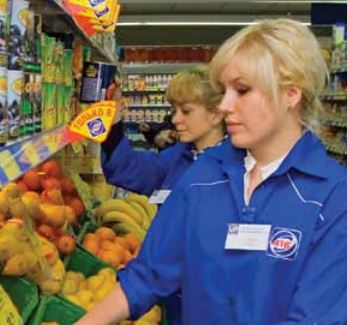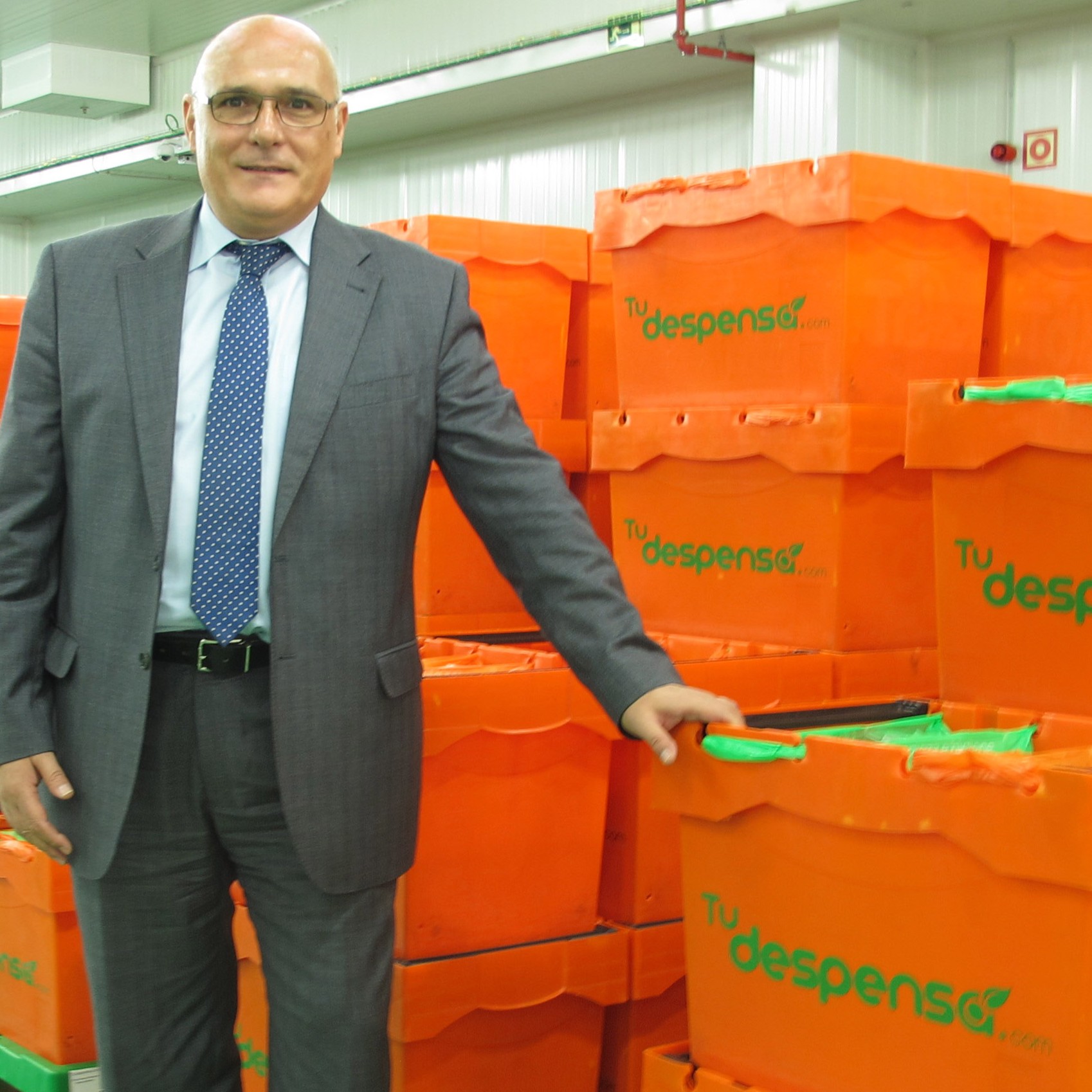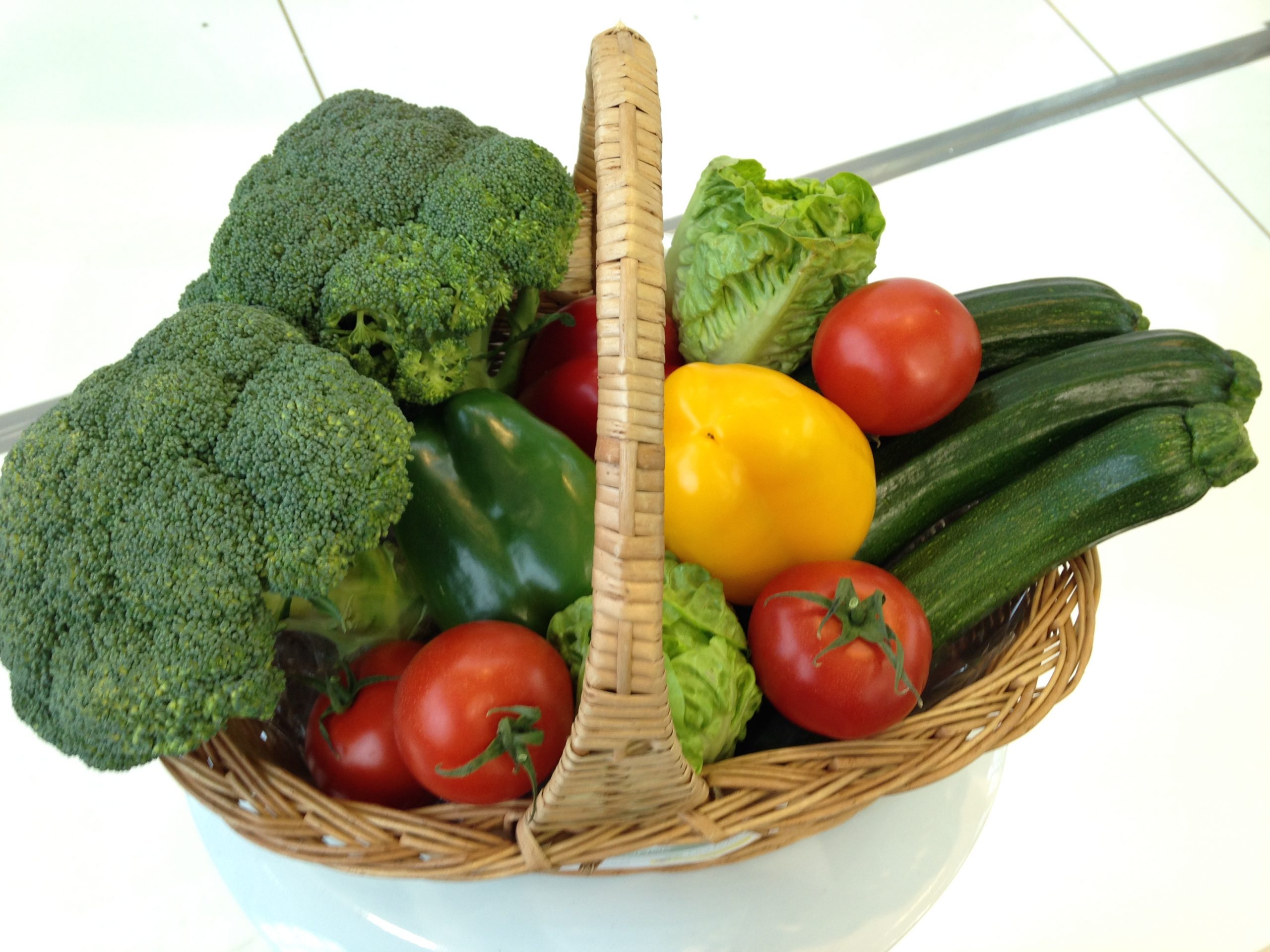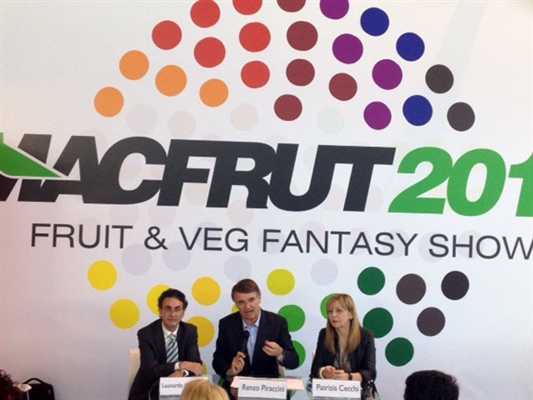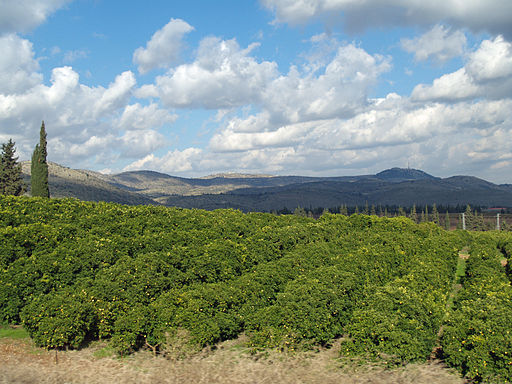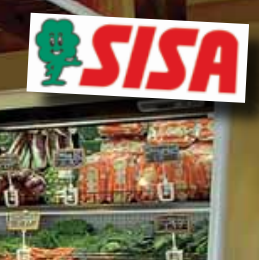
Marketing fruit and vegetables to young people as cool and convenient and ‘one big iconic brand’ is one of the goals of a campaign in which the Produce Marketing Association (PMA) is now involved. New PMA chairman Kevin Fiori, also vice president of marketing for Sunkist Growers, explains why this matters and key trends in America’s fresh produce consumption.
Why is the PMA is investing $1 million this year in the new Partnership For A Healthier America initiative, FNV, promoting fruit & vegetables to teens and young adults?
The FNV campaign (www.fnv.com/) is designed to build an emotional connection to fruits and vegetables among young Americans using marketing strategies and tactics relevant to them. Health and nutrition messaging is obviously a strong motivator for making better choices, but it’s nothing new and research shows it’s not changing the mind of the ‘skeptical’ teen who is choosing the heavily-marketed, less healthy options over what s/he might find in the produce department. We need to take our marketing straight to younger demographics in their environment – on social media, through their local community activities and with the help of their favorite celebrities.
What trends are you seeing in fresh fruit & vegetable consumption in the USA?
According to Produce for Better Health Foundation’s 2015 State of the Plate research, which PMA co-sponsors, children of all ages are consuming more fruit “as-is” and they are consuming more of it at all meal occasions. This research further emphasizes the importance of programs like eat brighter!™ and FNV to leverage these trends to continue increasing consumption.
From the foodservice perspective, menus and recipes are evolving to deliver global inspiration and local sourcing to better serve consumers changing preferences and expectations.
According to the National Restaurant Association’s What’s Hot in 2015 chef survey, healthful kids’ meals and providing produce sides in kids’ meals are among the top trends. Kids’ menus Increasingly include bolder, global flavors and healthy, smaller versions of items from the adult menu, featuring whole grains, vegetables, oven baked items and entrée salads.
Who else is eating more fresh produce?
According to The Packer’s 2014 Fresh Trends, Asian and Hispanic consumers are the demographic groups most likely to serve fresh produce every day and Produce for Better Health’s 2015 State of the Plate report found many demographic groups are eating more fruit.
Hispanics make up 17% of the population, approximately 54 million people. and are the fastest growing ethnic group in the country. That combined with the fact Hispanic spending power is projected to reach nearly USD $1.7 billion by 2017 mean this consumer segment will continue to influence food and flavor choices for years to come.
And who is eating less?
According to PBH’s 2015 State of the Plate report, almost all age and lifestyle groups are consuming fewer vegetables compared to 2010 report (with the exception of teens and adult males ages 18-34).
The trend towards convenience may be contributing to this decline because as consumers seek to simplify their in-home meal preparation they use fewer ingredients, exclude side dishes that are difficult to make or time consuming, and/or opt for ready-to-eat frozen meals or store prepared meals, all of which can decrease vegetable consumption. Other barriers impacting vegetable consumption include uncertainty about how to prepare them and concerns about spoilage.
Why do transparency and authenticity matter so much?
Demonstrating both is the first step to gaining credibility and loyalty with consumers. Fast Company recently noted, “as technology generates more transparency, consumers will hold businesses to higher standards, with no room for fabrication or deceit”.
This year we will see growing consumer concerns with not only the authenticity, origins and integrity of food products, but how they are made, by whom, and with which ingredients. Transparency and authenticity will continue to be key variables to generating a “unique value” for companies in the future because unlike prices, products and technologies, they cannot be duplicated. Millennials have the strongest inclination to spend more on products from companies investing in social and environmental betterment.
Why are millennials so important?
It is vital that we engage millennials now and in the future to continue driving fresh produce consumption in this country. This demographic represents a quarter of the U.S. population (according to Nielsen data), and they’re now having children of their own. We need to enter their space (mobile, social media, etc.) and address their concerns
What can the F&V sector learn from the floral industry?
The floral industry thrives by making an emotional connection with the consumer, every day selling a product (flowers) not because the consumer needs them but because they want them. In today’s produce industry, the consumer has many year round varietal options. We must drive the emotional connection.
JB
